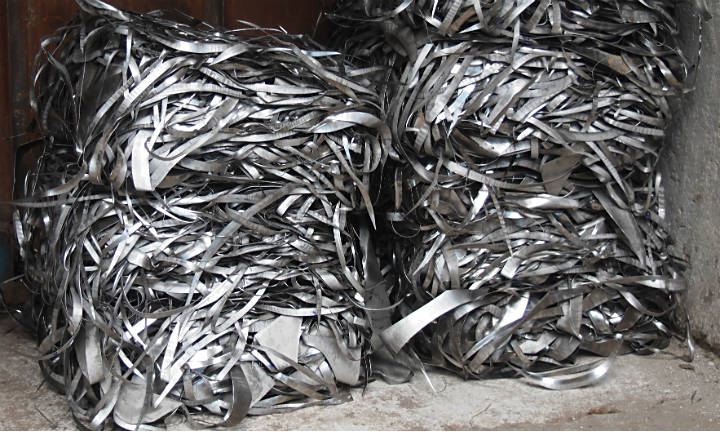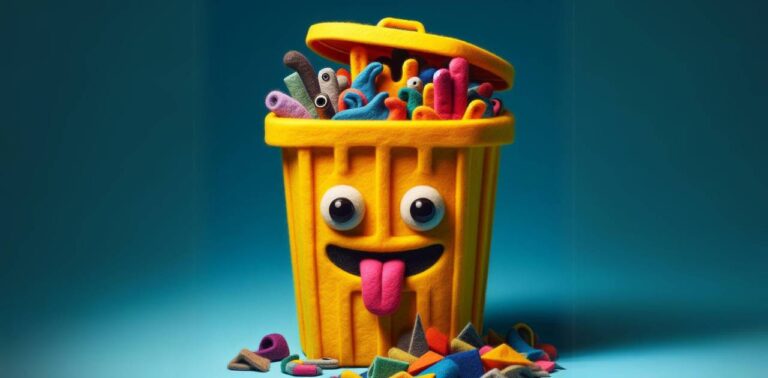Advertisements
The relationship between metallurgy and recycling is profound, dating back to ancient history, where scrap metal has always been a valuable raw material for smelting. The metal recycling process is particularly effective, as there is no loss of quality in the recycled material. This virtuous cycle of reuse has a direct impact on the environment, making metal recycling a sustainable and essential practice.

The Versatility of Metals and the Role of Recycling
Metals are present in many aspects of our lives, whether in equipment, structures, packaging or other products. Their durability, resistance and ease of forming make them indispensable materials in several industrial sectors. The metal recycling process begins with the separation of scrap into ferrous and non-ferrous, a crucial step to ensure recycling efficiency.
Ferrous scrap, such as beams and sheets, is common in scrapyards, while process scrap includes chips, filings and burrs from industrial production. Obsolescence scrap is materials discarded after consumption, such as aluminum or steel cans.
The Different Metals and Their Recycling Processes
Copper, for example, is widely used in the creation of alloys such as brass and bronze, as well as for coating metal artifacts. Tin is commonly used in steel cans, known as tinplate, which line food packaging to prevent corrosion. Other metals such as chromium, zinc and nickel also play important roles, especially in the coating of metal products. Steel, in turn, is an alloy of iron that contains small amounts of other metals, such as chromium and nickel, resulting in different types of steel.
Metals have the advantage of being 100% recyclable, which means they can be reused indefinitely without losing their properties. Recycling metal, especially aluminum, is extremely beneficial to the environment. For example, recycling one ton of aluminum scrap saves five tons of bauxite, a non-renewable natural resource. In addition, the energy savings in this process reach 95% compared to the primary production method, significantly reducing the environmental impact.

The Environmental and Economic Impact of Metal Recycling
Metal recycling not only saves natural resources but also reduces the amount of waste in landfills. Each ton of recycled steel represents a substantial saving in iron ore, coal and lime, which are essential materials in the production of new steel. In addition, the metal recycling process helps reduce pollution and extends the lifespan of landfills, mitigating environmental damage.
Another significant benefit of metal recycling is the generation of jobs and economic resources. The recycling chain involves several stages, from selective collection to processing in smelting plants, each of which generates job opportunities and boosts the local economy.
The Recycling Process in Foundry Plants
In smelting plants, ferrous metals are melted in electric or oxygen furnaces at temperatures reaching 1,550 degrees Celsius. Once in a liquid state, the metal is molded into metal billets and plates, which are later cut into steel sheets. These sheets are reused by various industrial sectors, from car manufacturers to can manufacturers. This process is so efficient that scrap metal can be reprocessed and transformed into new products in just one day.
Aluminum follows a similar process in foundries, being recycled and reintroduced into the industry for the production of auto parts, new packaging and other products. Metal recycling therefore not only conserves natural resources but also supports the circular economy, where materials are continually reused in new production cycles.
Global Benefits of Metal Recycling
The benefits of metal recycling are vast and far-reaching. In addition to saving minerals and energy, metal recycling reduces water consumption and extends the lifespan of landfills. It also reduces the amount of land degraded by mining, reduces pollution, and promotes the creation of jobs and economic resources.
In a global context, metal recycling is an essential practice for sustainability. By reusing materials that would otherwise be discarded, we contribute to preserving the environment and creating a more efficient economy that is less dependent on non-renewable natural resources. The practice of metal recycling, when adopted on a large scale, has the potential to transform the way we interact with the planet's resources, promoting a more sustainable future for all.
Metal recycling is an essential practice that not only saves natural resources and energy, but also reduces pollution and extends the life of landfills. It also creates jobs and economic resources, making it a sustainable solution for the environment and the economy. By adopting metal recycling, we are contributing to preserving the environment and creating a more efficient economy that is less dependent on non-renewable natural resources.
Check out other interesting facts about recycling clicking here.
Learn how to make art by recycling, Click here.
Summary




I am a craftsman who works with stainless steel, tinplate and aluminum strips. I use pliers to format designs. I would like to know if you develop manual machines like jigs that facilitate production. Thank you.